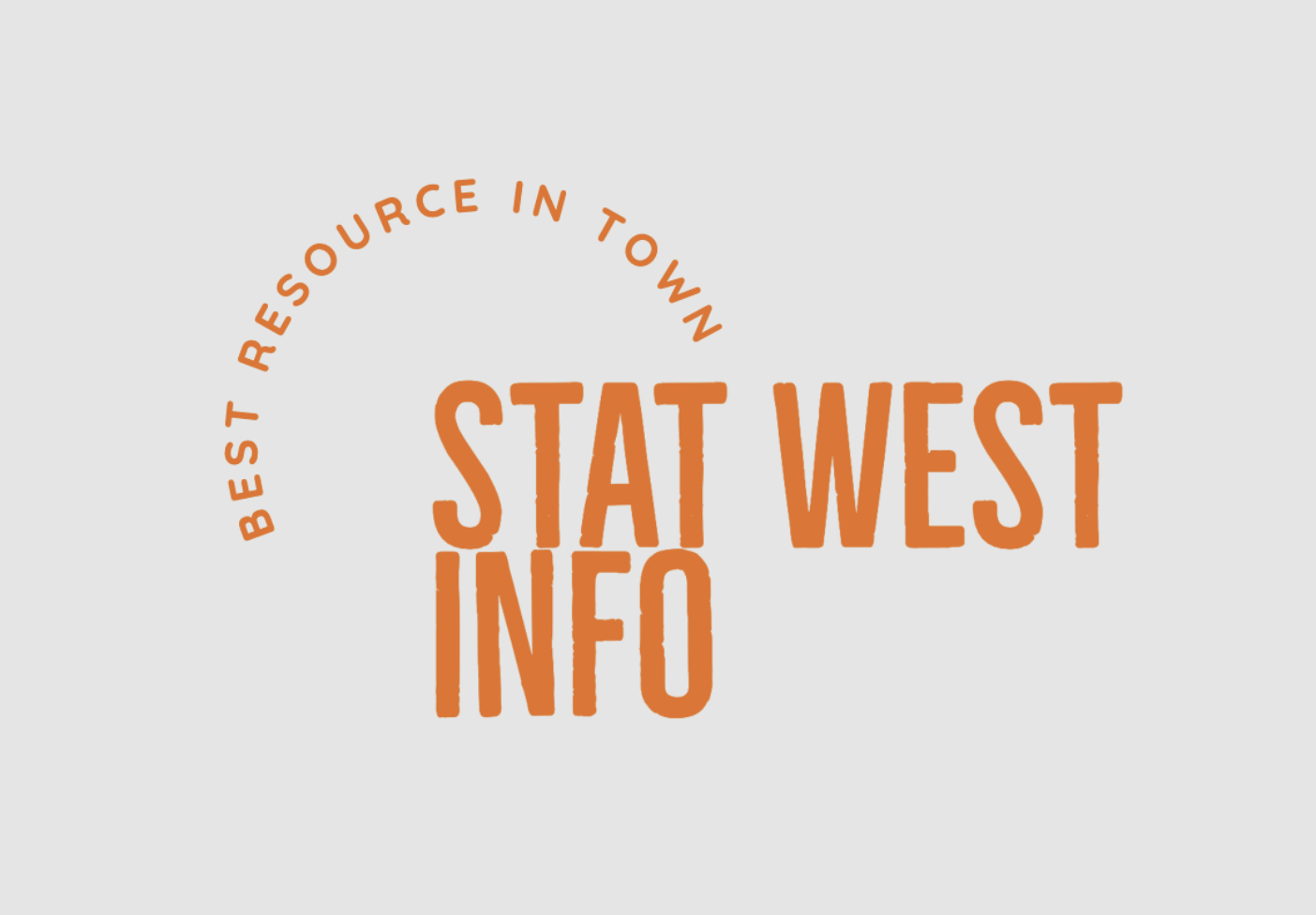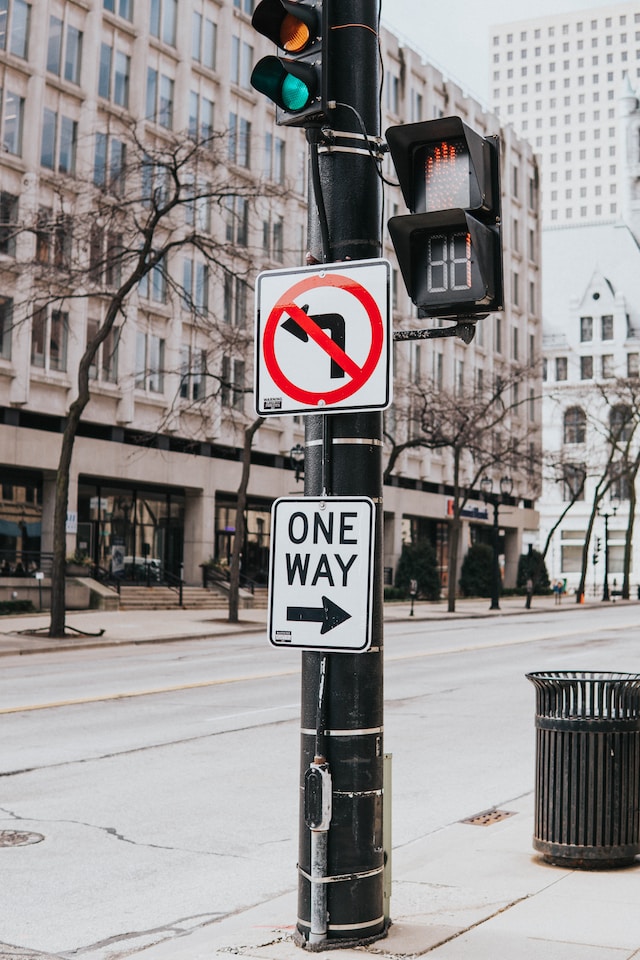Whether driving on highways or busy city streets, we rely on traffic signs to keep us safe. However, what makes a sign effective?
Having the right information on a traffic sign can help reduce accidents, which leads to cost savings for individuals and communities. However, drivers can experience an overload of traffic information volume (TSIV) if signs are not designed properly.
Compatibility
Traffic signs convey information to motorists and other road users. Their effectiveness is determined by their ability to be perceived and understood.
Compatibility refers to matching physical symbols on a sign with the literal directions and information it represents. It also relates to how people associate symbols and codes with real objects or situations.
Researchers report that traffic signs whose shapes comply with ergonomic principles are better understood than those that do not. However, a sign’s shape is only one factor influencing its comprehension levels. Other factors include its familiarity and its concreteness. For instance, rectangular and square shapes are favored for traffic signs because of their association with order, security and familiarity.
Contrast
A sign’s legibility depends on its contrast with the background and the foreground. Bright-colored elements (letters/symbols) against dark backgrounds offer high contrast levels. In signage wayfinding design, white used for sheeting offers great distance-reflectivity readings, which can help make signs easily visible in darker environments.
Previous research has shown that classic recommended ergonomic design principles account for high comprehension levels of traffic signs. These include familiarity, message/symbol compatibility, standardization, concreteness, spatial compatibility, conceptual compatibility, physical representation, meaningfulness and simplicity, and semantic closeness. All of these factors are important to consider when designing traffic direction signs. Combining these elements ensures that road users clearly convey and easily understand the intended messages. Efforts should be made to incorporate these ergonomic principles in traffic sign designs and conduct comprehension testing with heterogeneous populations of road users.
Size
All road signs are standardized in size, shape and color for maximum visibility. Drivers must be able to read these important warning and regulatory messages easily.
A sign with an arrow on the edge indicates that the roadway curves to the right, indicating drivers should slow down. This preemptive warning enables drivers to safely negotiate the curve without veering off the road or into oncoming traffic.
Many signs contain words and symbols, helping communicate complex information instantly and overcome language barriers. However, Green notes that the amount of information on a traffic sign may be too great for some people to comprehend. This can result in them viewing the warning as having a high cost of compliance and thus being ignored.
Light
Many traffic signs require or advise drivers to take specific actions. These signs must be clean, legible and well-maintained to command a driver’s attention.
Traffic engineers study and carefully consider the content of a sign before putting it up on the road. They also weigh the frequency of its use and its familiarity with a driver.
For example, some signs indicate different speeds for trucks and cars, while others change based on traffic conditions. These types of changes reduce congestion and help prevent vehicle-to-vehicle collisions. They are especially useful in urban areas where roadways run into buildings or other obstacles. The most effective signs are those that have a high retro-reflectivity at night. This ensures that they are visible to drivers even in low-light conditions.
Color
Color is a key part of the language road signs communicate to drivers. Warmer colors, like red, are more intense and stand out from other signs. Similarly, neon yellow signifies dangers and warnings, such as school zones or sharp curves. Bright orange is used to alert drivers of road construction or maintenance work.
Since the 19th century, laws and regulations have standardized sign shapes and colors. Eventually, letters and symbols were embossed onto the signs to make them more readable. Today, color is more important than ever.




